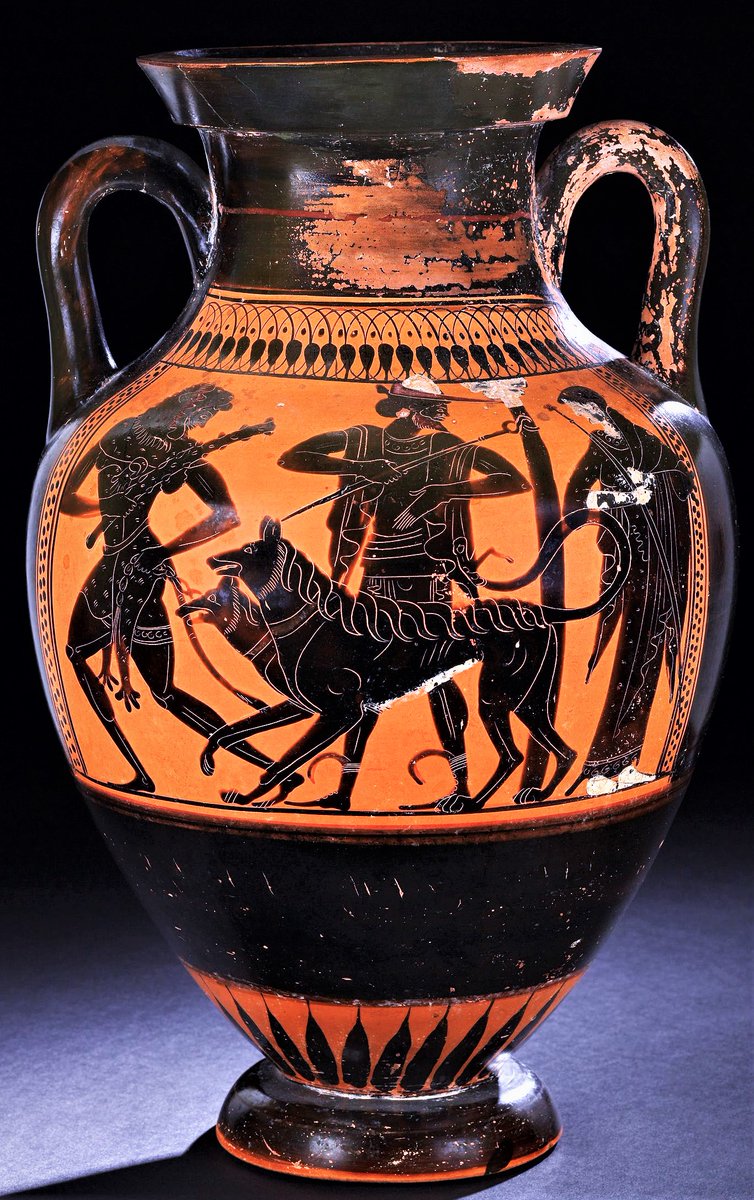
In this Olivelle mentions the idea of anumita-shruti or the inferred shruti to account for aspects of dharma that aren't directly found in the shruti. Several seem to take this as a fictitious thing invented by the later authors to account for a vaidika
https://twitter.com/raghman36/status/1528967232935456768
pramANa. However, we believe we should take the same attitude towards it as we take in biological or linguistic evolution. In cellular organisms, there is a strong conserved core set of genes that is v.small with respect to the entire complement of genes. This core was definitely
there in the common ancestor of all living organisms. It relates to some essential information transmission functions of the cell. However, this doesn't mean that the common ancestor did not have other functions. A subset of them existed even in the common ancestory but were not
as well-conserved as the core and prone to lateral transfer, loss & displacement by new innovations. Similarly, while the pratyakSha-shruti is the equivalent of the conserved core we can infer that there was a dharmashAstra accompanying it that goes back to the times of the
pratyakSha-shruti & probably descending from an earlier core going back to Indo-European times. Why else would one find parallels between Hittite, Roman & H dharma. Hence, we hold that the anumita-shruti was not a fiction nor a purely theoretical idea from necessity but an
acknowledgement of the existence of a less-conserved counterpart of the shruti that dealt with all other things which encompassed the topics of artha-/dharma-shAstra-s as well as astronomy, mathematics, medicine & the like. These did not suddenly spring in mauryan times or later
from a vacuum or external influence. Likewise, regarding the tradition of the mAnava-dharmashAstra. In its current form it merely reworks ancient material fragments of which are indeed found in the bhArata.
• • •
Missing some Tweet in this thread? You can try to
force a refresh












